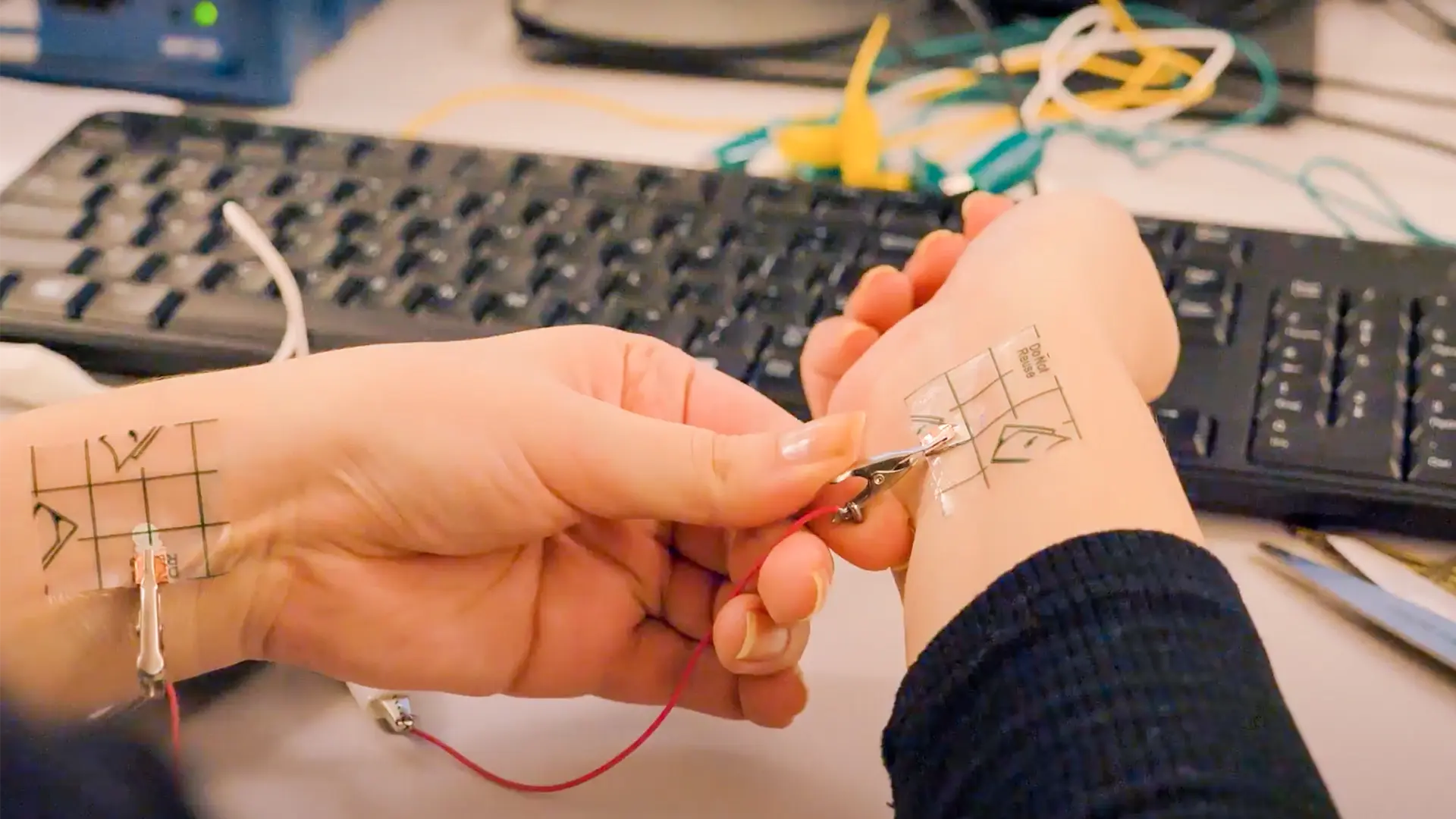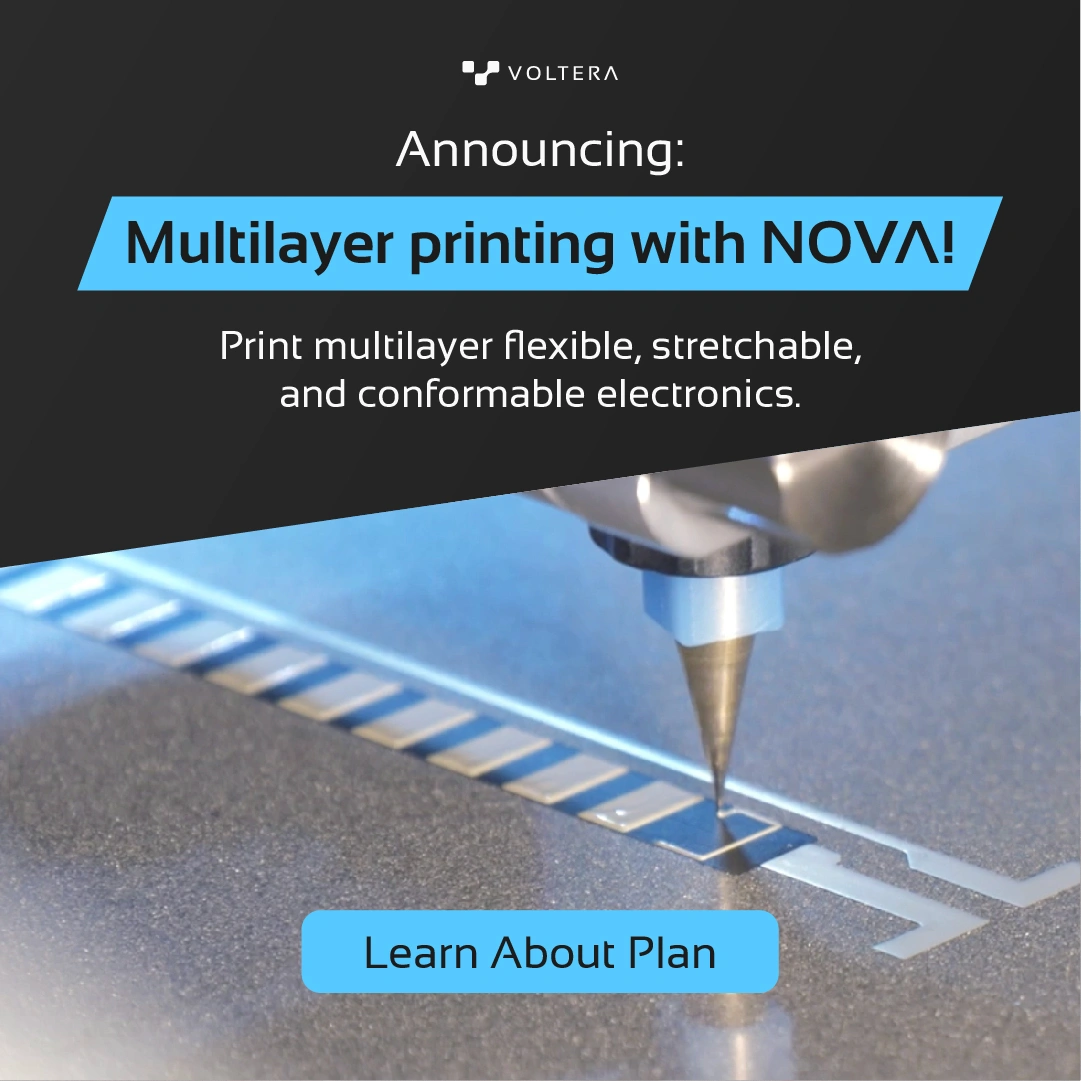Conductor 3: An ink evolution
The evolution of conductive inks
Conductive inks have been around for a while and their evolution has been remarkable. From their earliest iterations, which were often made with graphite, to today's advanced silver and copper inks, they have played a critical role in the growth of additive electronics.
In the early days, conductive inks were used primarily in low-power applications like RFID tags and printed antennas, but as the technology has improved, their use has expanded to include everything from flexible displays to medical sensors to wearable electronics.
The benefits of our Conductor 3
At Voltera, we've been working with conductive inks for years and we're proud to have played a role in their evolution. Our V-One PCB printer, which uses our Conductor 2 ink, has helped countless designers and engineers bring their ideas to life. And now, with the release of Conductor 3, we're taking things to the next level.
With a host of new improvements over Conductor 2 ink, we're confident that Conductor 3 will be a game-changer for our V-One customers.


First up, let's talk about curing time. With Conductor 2, the curing process could take upwards of an hour, which could be an unwelcome slowdown in the design and prototyping process. With Conductor 3, that time has been cut in half — to 30 minutes — which means you can bring your prototype from an idea to reality even faster.
But that's not all! There's no longer a need for burnishing the cured traces or flipping the print upside down for curing. This eliminates the need to fiddle with the clamps, which was a tedious and error-prone step in the V-One workflow when using Conductor 2. If you are working with surface mount components, just dispense the solder paste after curing, print, cure, and dispense solder paste without removing the board.
In addition to these time-saving and workflow improvements, Conductor 3 also boasts better performance when hand soldering and re-working. It can be soldered at a lower temperature of just 180°C, making it much easier to work with and is more robust when it comes to re-work, providing greater confidence to make changes or fixes to your prototype. This feature is particularly valuable for those who have had difficulties with finicky fine pitch components.
Conductor 2 and Flex 2 discontinued
Effective next week, Conductor 2 and Flex 2 are being discontinued in favor of Conductor 3 which is suitable for use in both flexible and rigid applications.
We're proud of what we've accomplished with Conductor 3, and we can't wait for our customers to try it out for themselves. Whether you're an academic, educator, or engineer, we believe that Conductor 3 will help you take your work to the next level. So go ahead! Give it a try and let us know what you think!
Shop ink

Check out our Customer Stories
Take a closer look at what our customers are doing in the industry.

